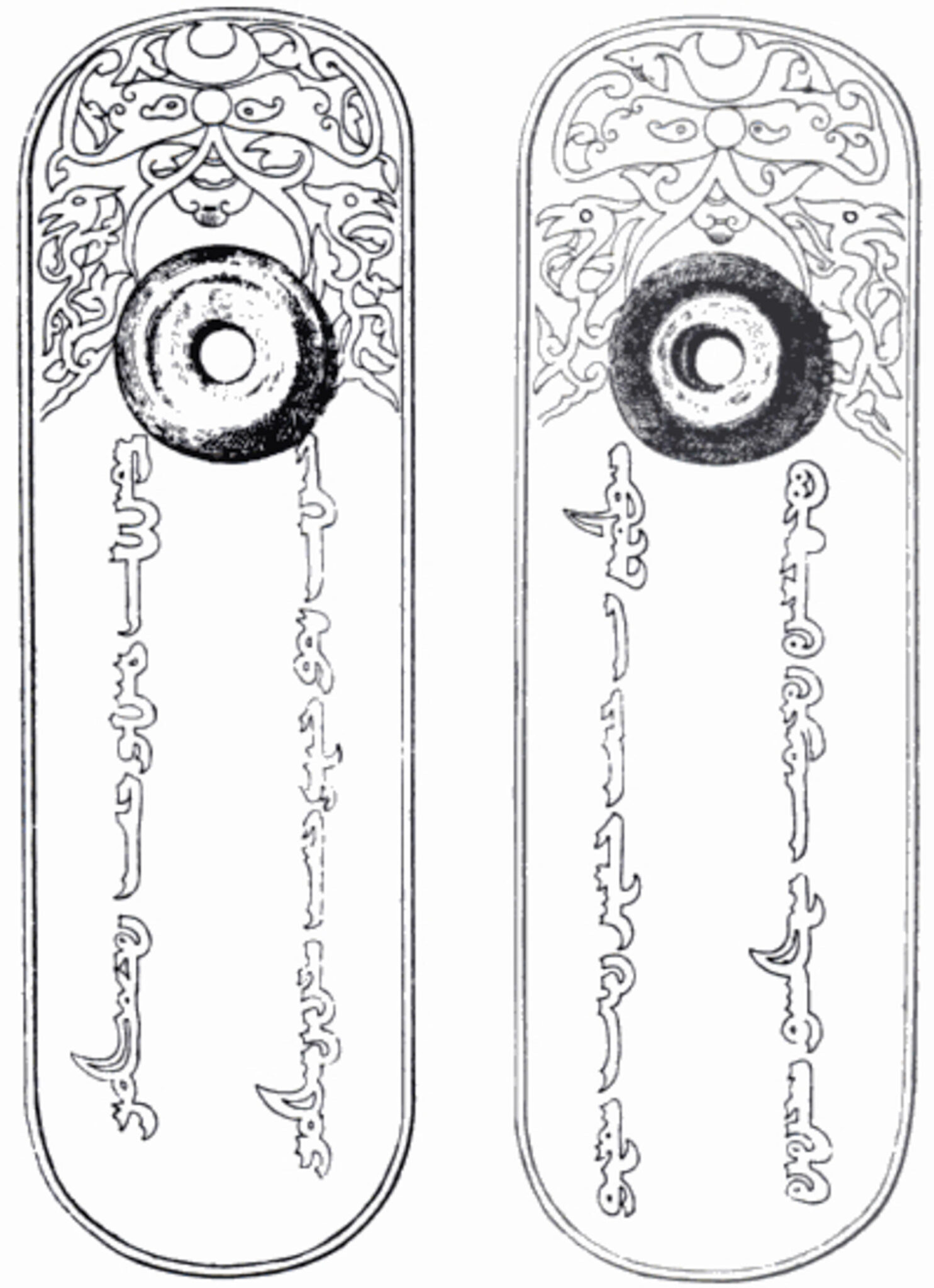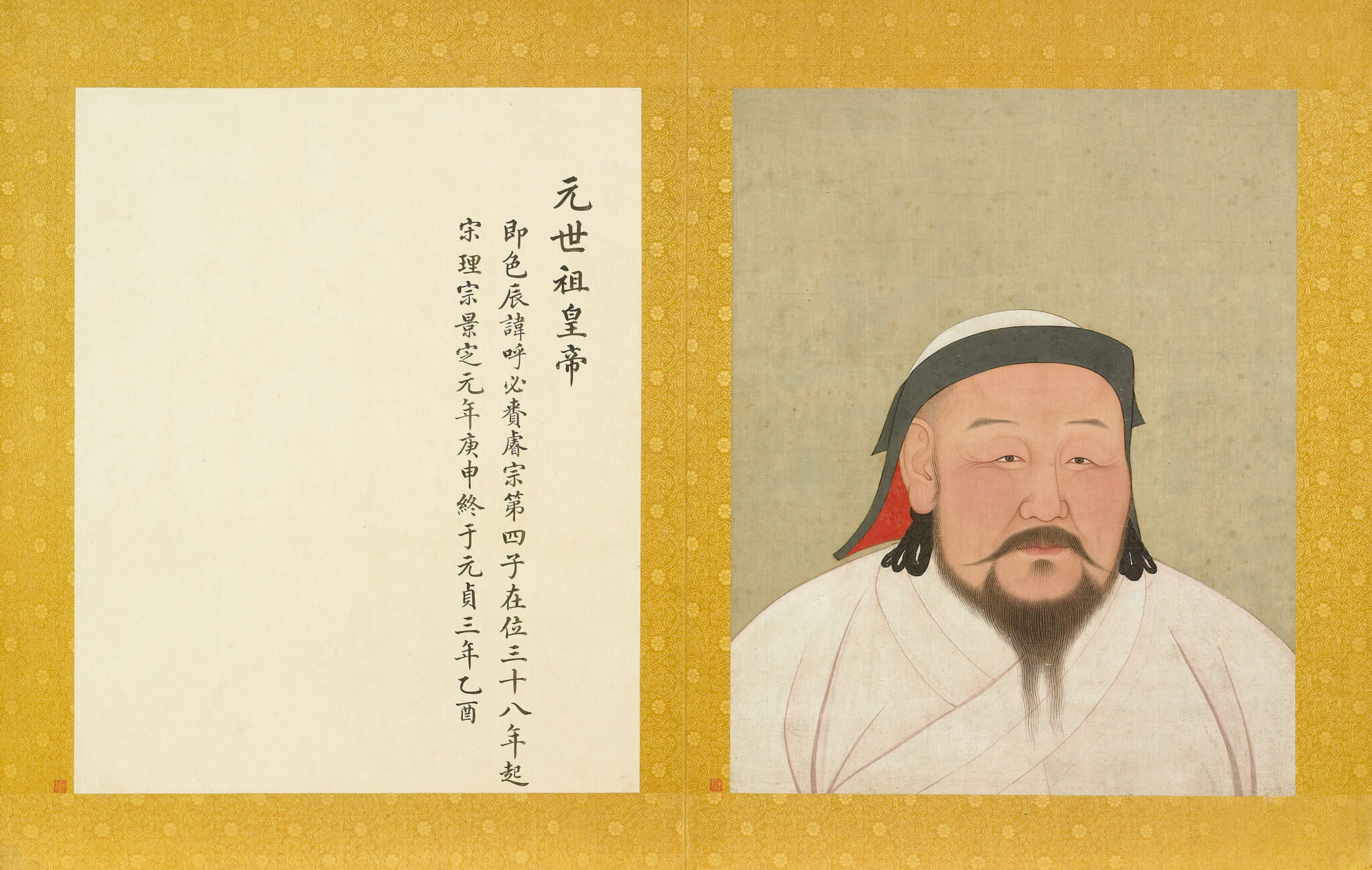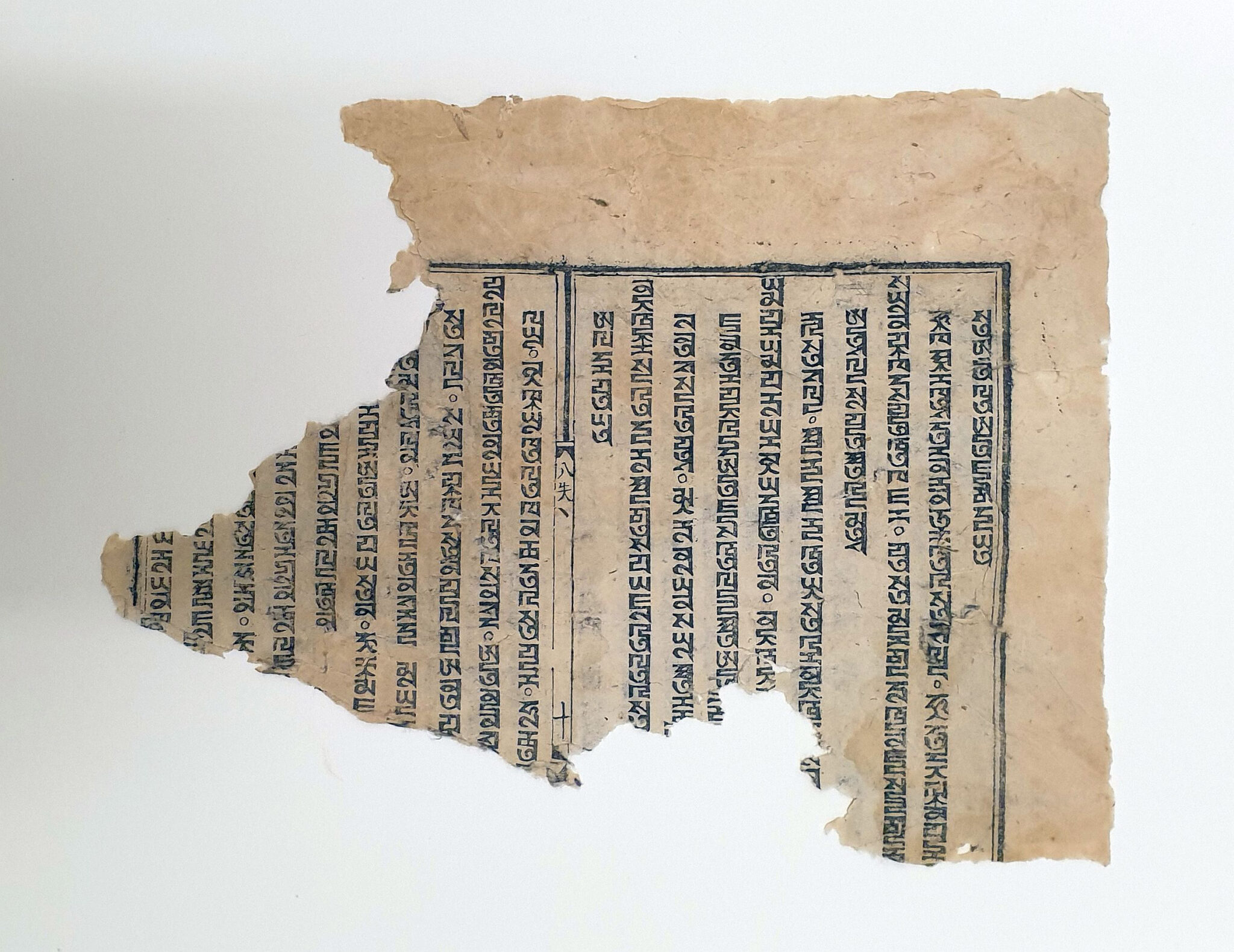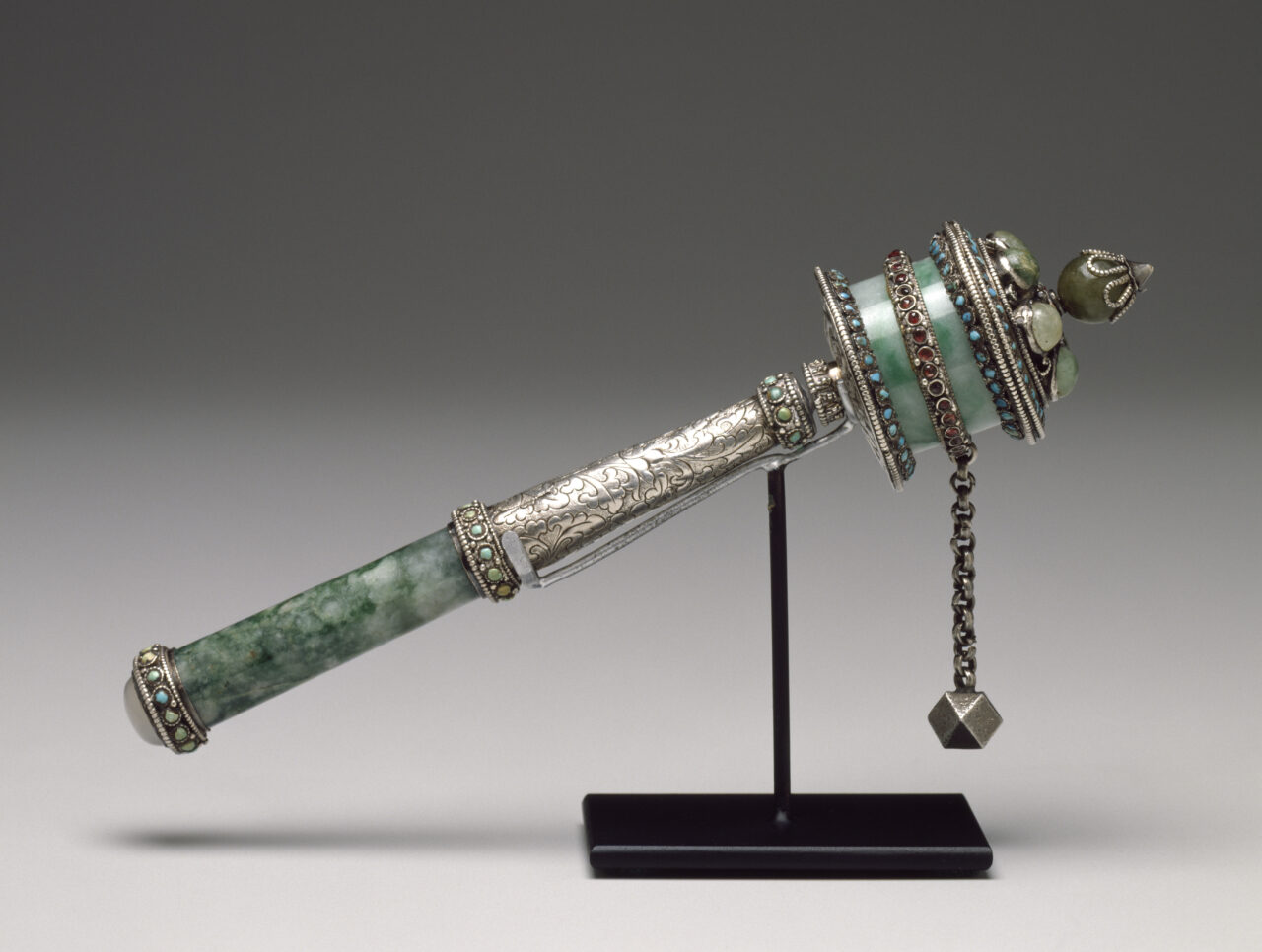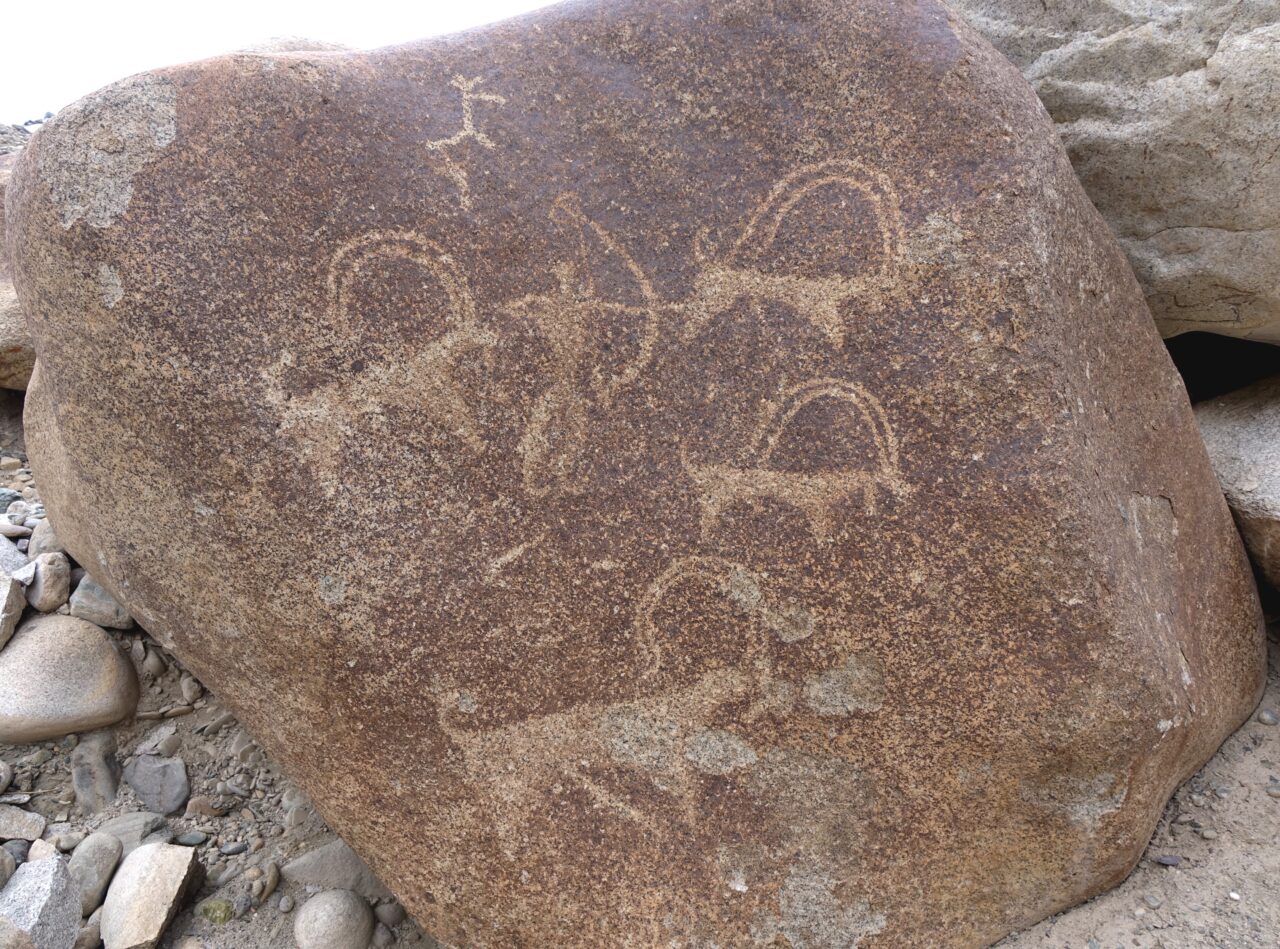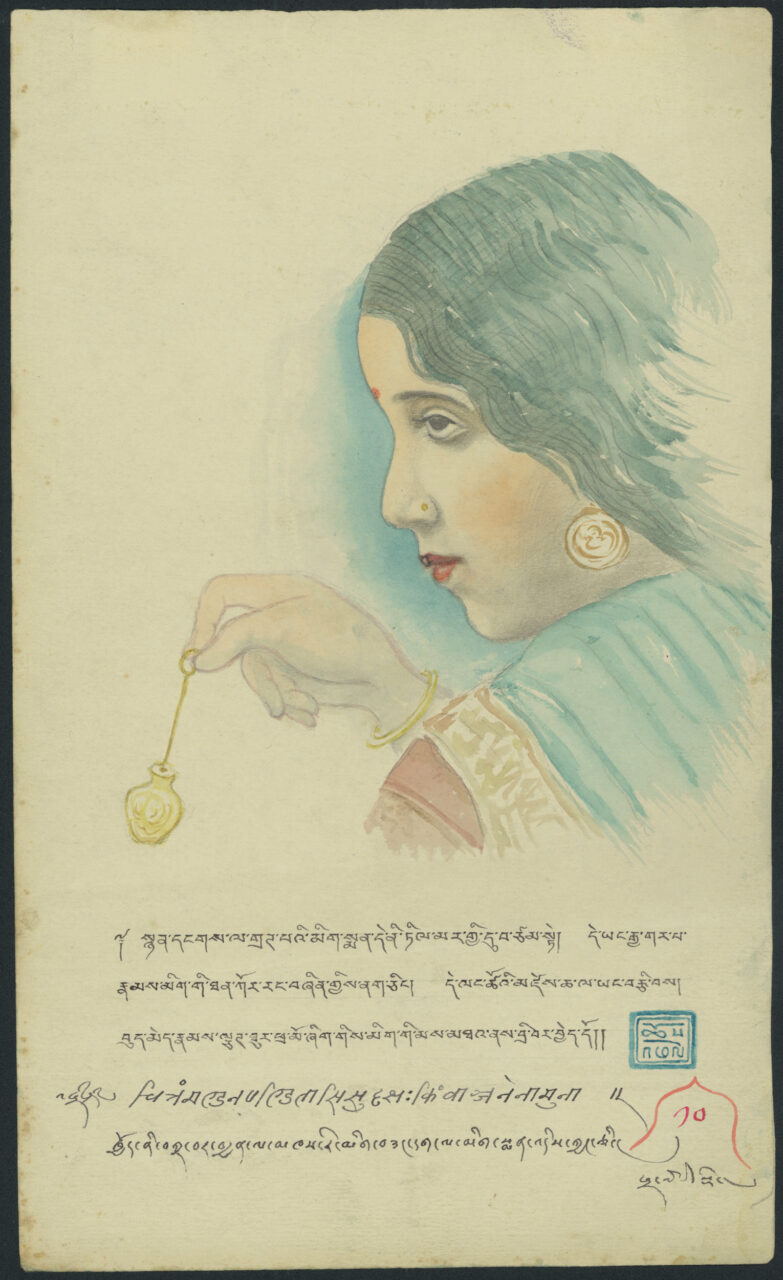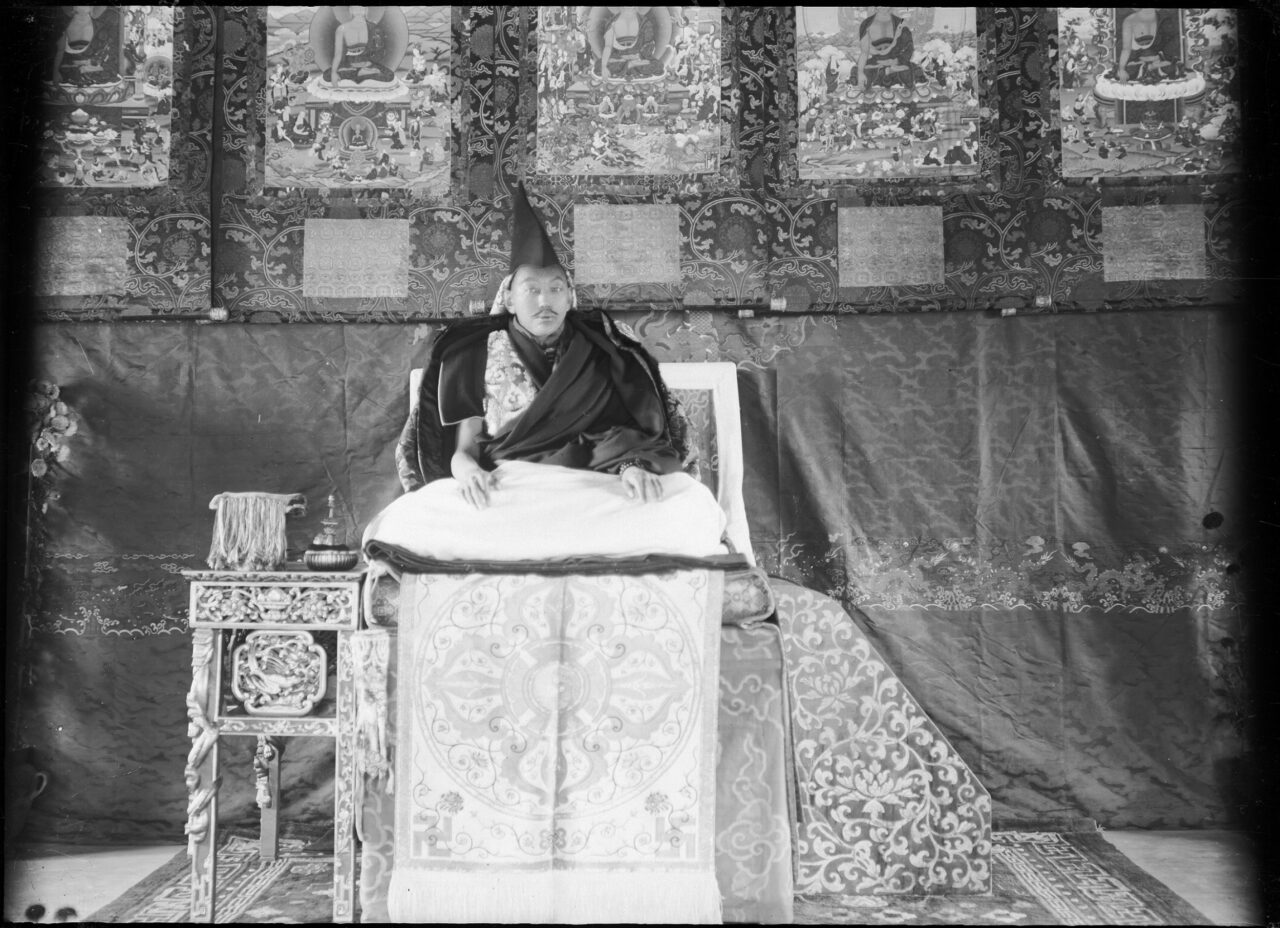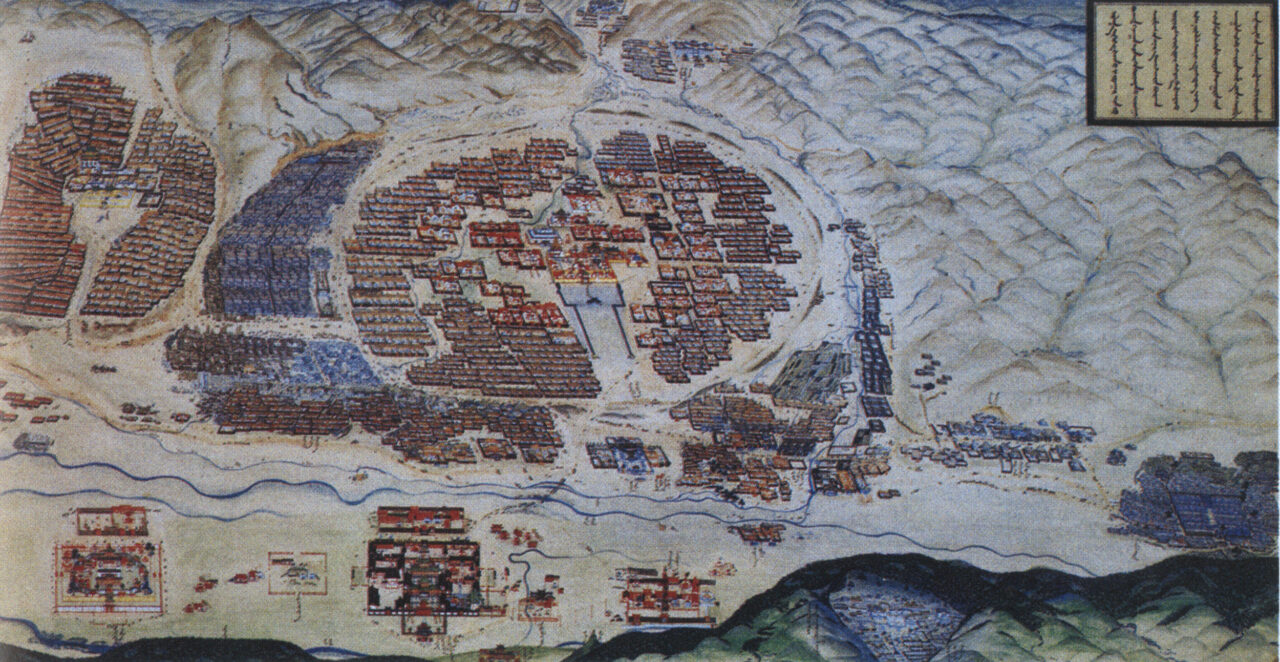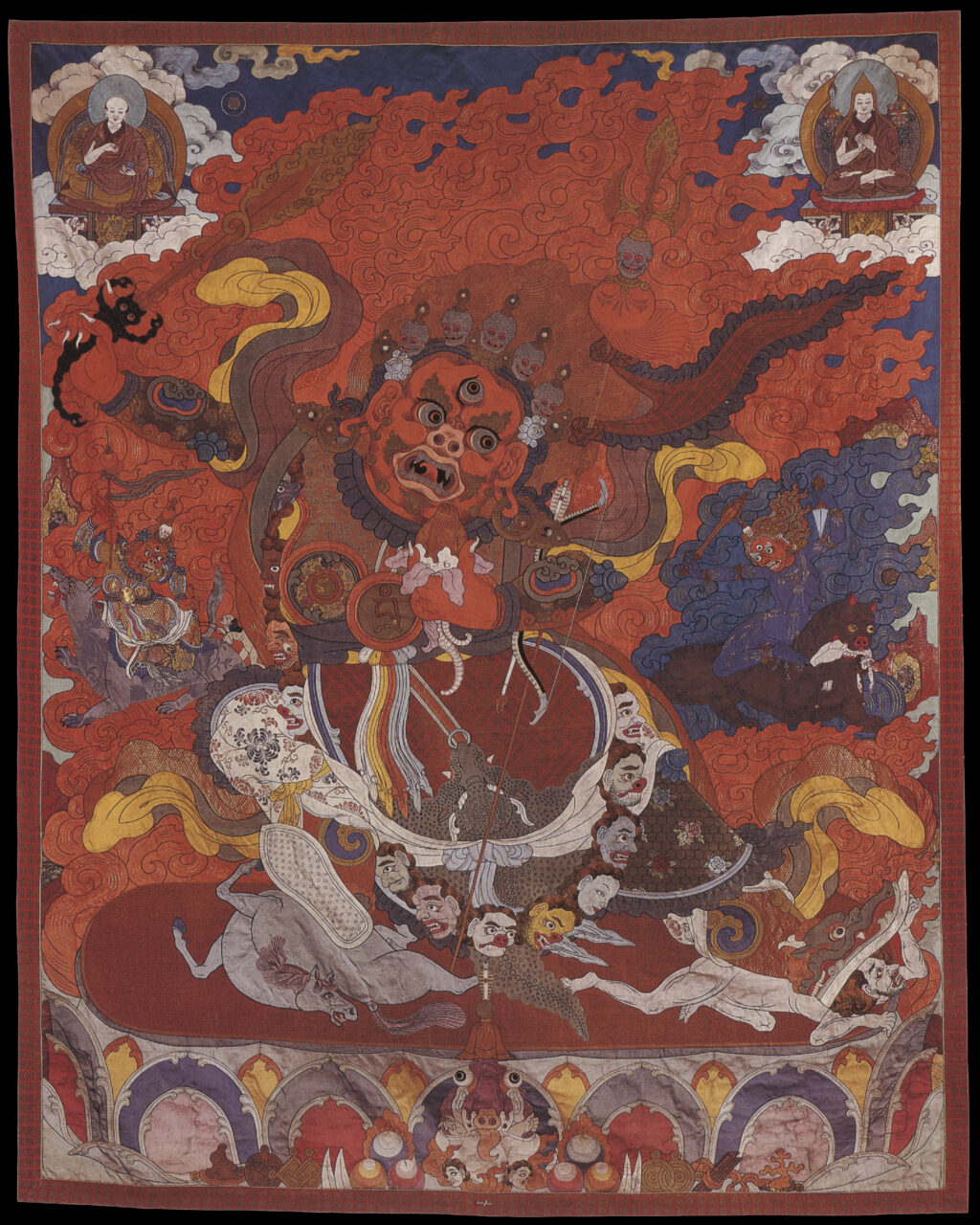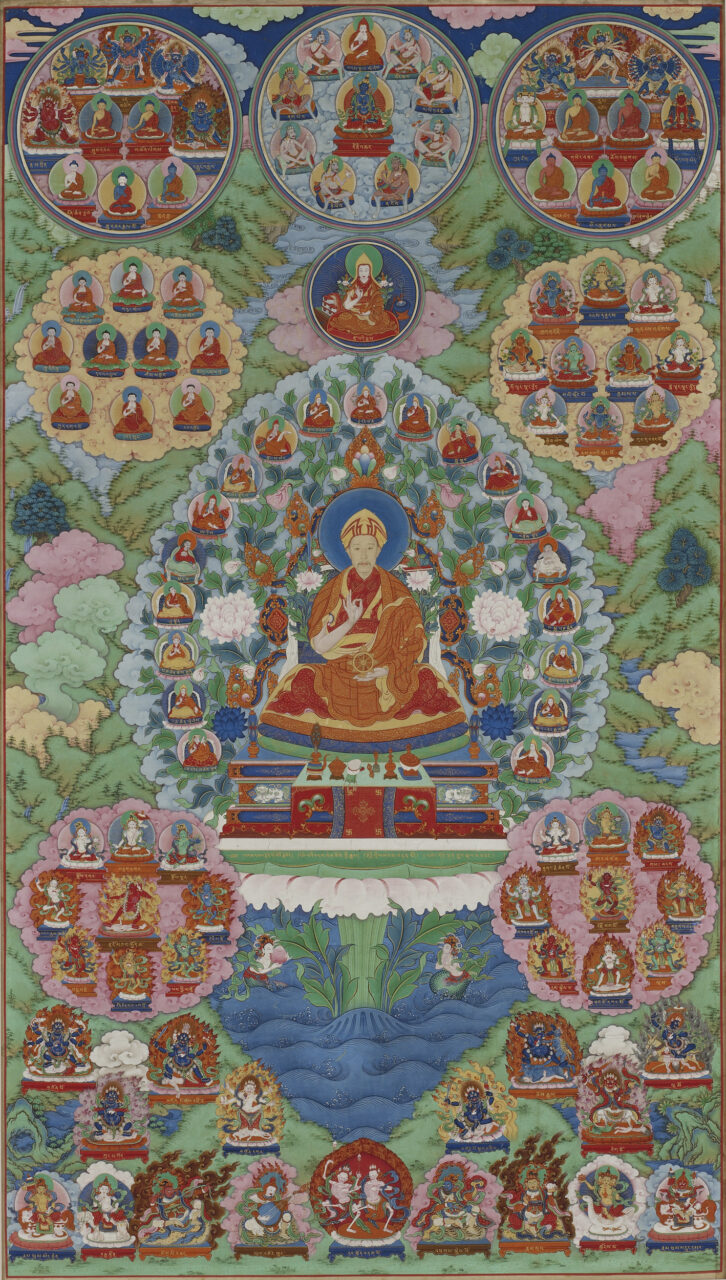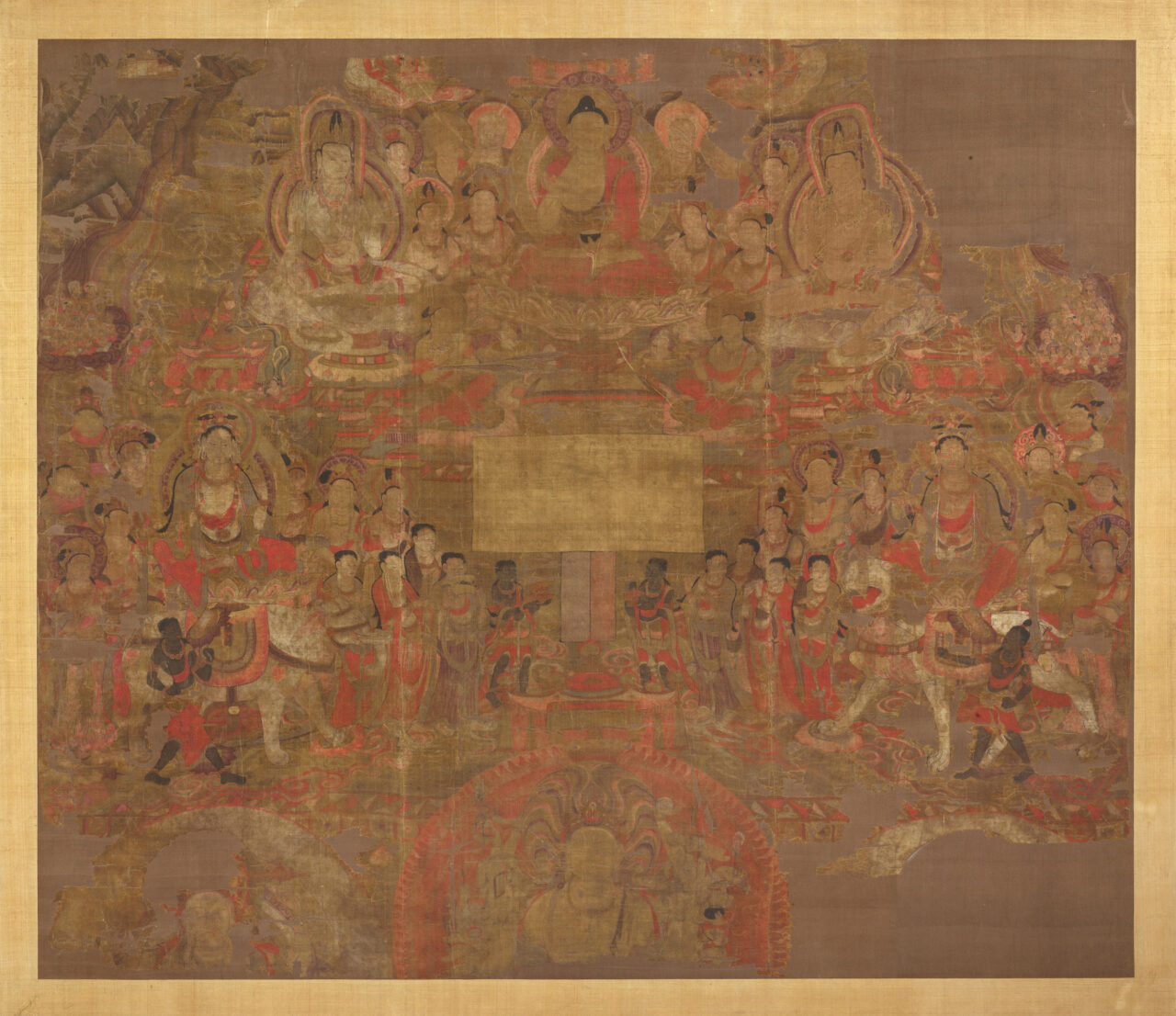The Mongol Empire (ca 1206–1368) was the largest contiguous empire in world history, founded by Chinggis Khan (1162–1227), which at its height controlled most of Eurasia, from the Korean peninsula to Central Europe. The Mongols conquered the Tanguts in 1227 and absorbed Tibetan regions in the 1240s, granting power over central Tibet to the Sakya Buddhist hierarchs in what is characterized as a priest-patron relationship. In 1260, Qubilai Khan declared himself Great Khan, which was contested, fracturing the Mongol Empire into four independent regimes. Qubilai remained the ruler of most of Asia establishing the Yuan dynasty. Mongol rulers of Yuan, and the first six rulers the Ilkhanate in the Middle East, starting with its founder Hülegü, were also patrons of Tibetan Buddhism.
Pakpa script, or Mongol square script, was invented in 1270 by Drogon Chogyel Pakpa (1235–1280 CE), a Tibetan lama and leader of the Sakya tradition who served as imperial preceptor to the Mongol emperor Qubilai Khan (1215–1294). In 1271, Qubilai decreed it the official script of the empire, and that all officials had to learn it, and be referred to as the Mongol script. The Pakpa script adapts the letters of the Tibetan alphabet, squared off to be written vertically, in order that they could be placed alongside the Uygur-based Mongolian and Chinese scripts, both of which were written top-to-bottom. The Pakpa script was intended to be a universal alphabet for all the languages of the Mongol Empire, and employed on official documents, monuments, and passports.
Sakya is the name of a monastery and of a major tradition of Tibetan Buddhism that originated there during the Later Diffusion of Buddhism. Sakya Monastery was the seat of power during Sakya-Mongol rule in Tibet (1260–1350s), founded on the priest-patron relationship. Notable Sakya figures include Sakya Pandita (1182–1251), who played an instrumental role in establishing Tibetan relations with the Mongols; Drogon Chogyel Pakpa (1234-1280), who served as Qubilai Khan’s imperial preceptor and invented the Pakpa Script; and Buton (1290–1364), who compiled the Tibetan Canon. The Sakya are particularly known for their Lamdre teachings. In the 1350s, Pakmodru replaced the Sakya political prominence.
Historically, Tibetan Buddhism refers to those Buddhist traditions that use Tibetan as a ritual language. It is practiced in Tibet, Mongolia, Bhutan, Ladakh, and among certain groups in Nepal, China, and Russia and has an international following. Buddhism was introduced to Tibet in two waves, first when rulers of the Tibetan Empire (seventh to ninth centuries CE), embraced the Buddhist faith as their state religion, and during the second diffusion (late tenth through thirteenth centuries), when monks and translators brought in Buddhist culture from India, Nepal, and Central Asia. As a result, the entire Buddhist canon was translated into Tibetan, and monasteries grew to become centers of intellectual, cultural, and political power. From the end of the twelfth century, Tibetans were exporting their own Buddhist traditions abroad. Tibetan Buddhism integrates Mahayana teachings with the esoteric practices of Vajrayana, and includes those developed in Tibet, such as Dzogchen, as well as indigenous Tibetan religious practices focused on local gods. Historically major traditions of Tibetan Buddhism are Nyingma, Kagyu, Sakya, and Geluk.
The Yuan dynasty (1271–1368) is the branch of the Mongol Empire in Asia. In 1260 when Qubilai Khan declared himself Great Khan, his realm included Mongolian, Chinese, Tangut, and Tibetan regions. In 1271 emperor Qubilai Khan proclaimed the Yuan dynasty on a Chinese model, employing Tibetan and Tangut monks. Tibetan Buddhism played an important role in the state, establishing a political model that would be emulated by later dynasties, including the Chinese Ming and Manchu Qing dynasties. The Mongols were major patrons of Tibetan institutions, and many Mongols converted to Tibetan Buddhism, though their interest declined with the fall of the empire.





